Take 5
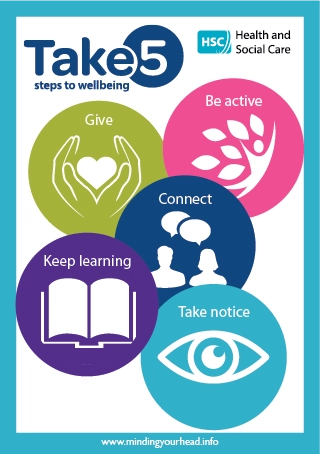
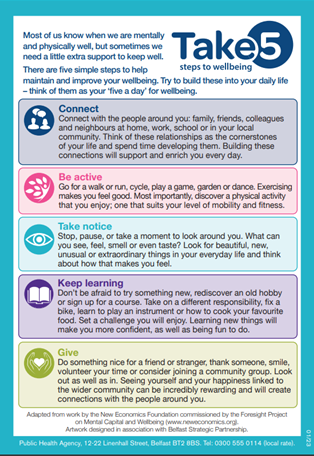
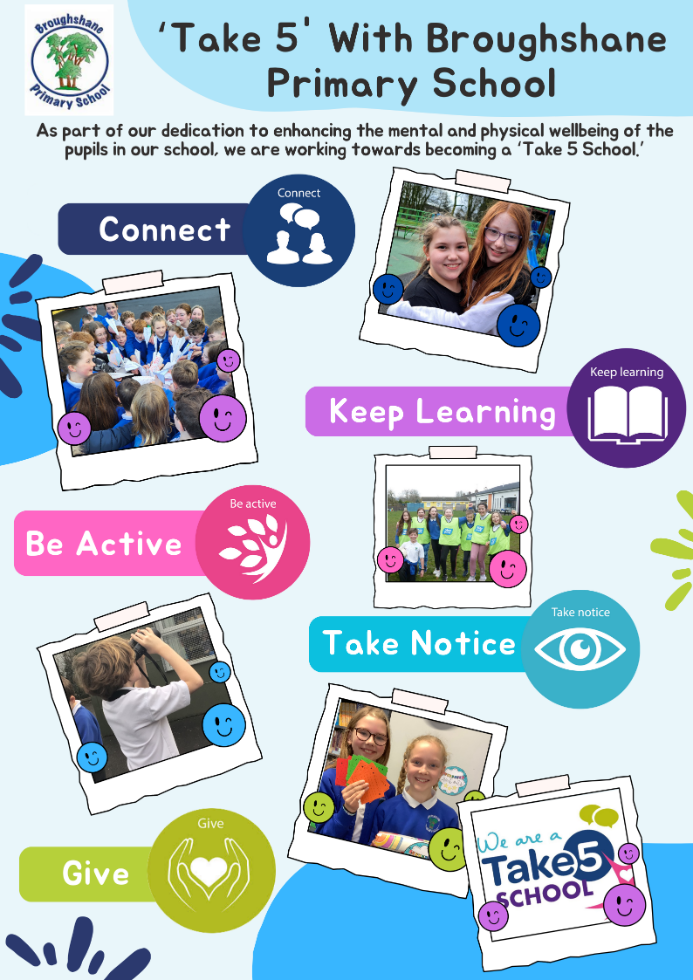
Our school team understand the importance of promoting health and wellbeing for pupils, staff and parents. Therefore, we are proud to announce that Broughshane Primary School are working towards our Take 5 qualification.
The ‘Take 5’ programme is centred around five simple steps to help maintain and improve your wellbeing. These are ‘Connect’, ‘Keep Learning’, ‘Be Active’, ‘Take Notice’ and ‘Give’. These simple 5 steps to wellbeing contribute to improving wellbeing in its fullest sense, both physically and emotionally, where people can feel good and function well. Evidence indicates that it is individuals who practice all ‘5 steps’ who have the highest level of wellbeing.
- Connect - with the people around you, with family, friends, colleagues and neighbours.
- Keep learning - don’t be afraid to try something new, rediscover an old hobby or sign up for a course.
- Be Active - even a short ten minute walk can improve mental alertness and wellbeing.
- Take Notice - of the things around you. Pay attention to the beauty of nature and reflect on your experiences.
- Give - do something nice for a friend or stranger, thank someone, smile, volunteer your time or consider joining a community group.
We are looking forward to engaging in lots of fun activities within our classrooms and as a whole school to promote our wellbeing.
Thinking Maps
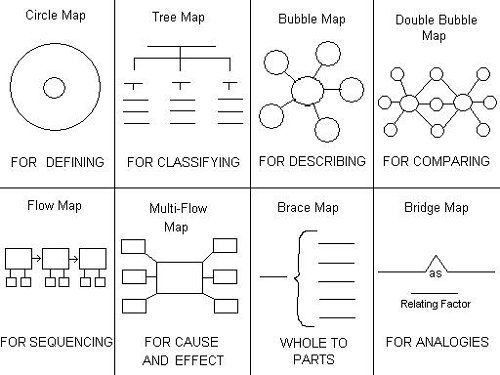
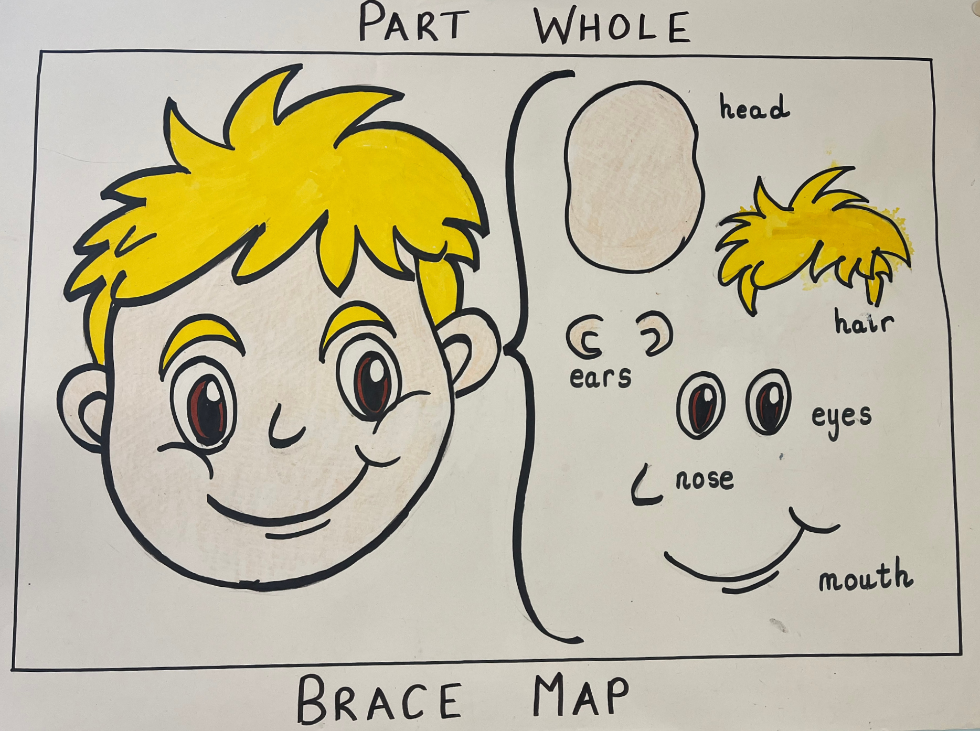
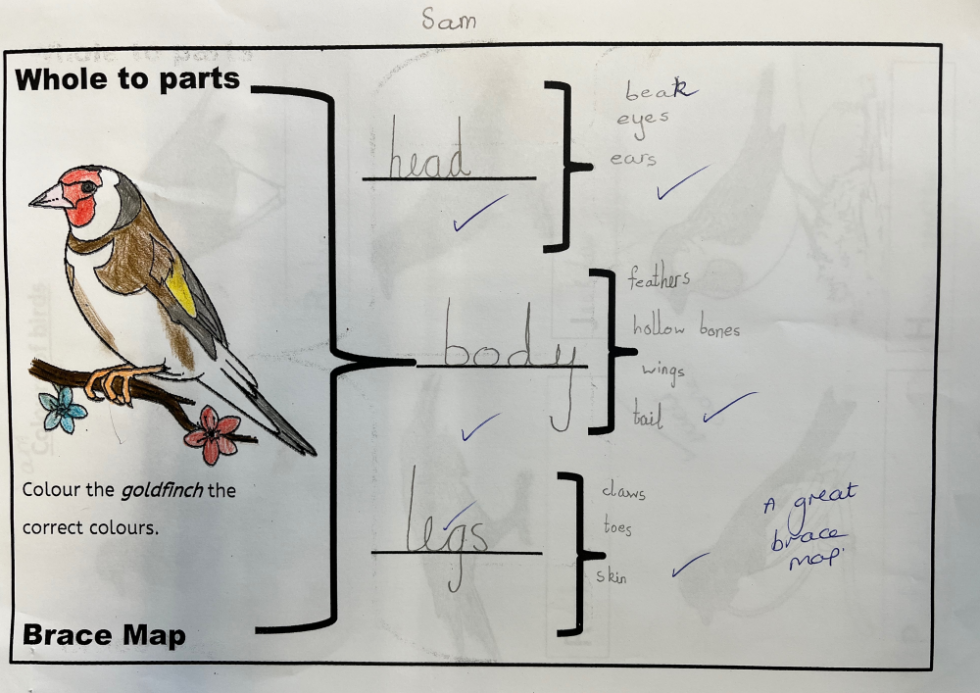

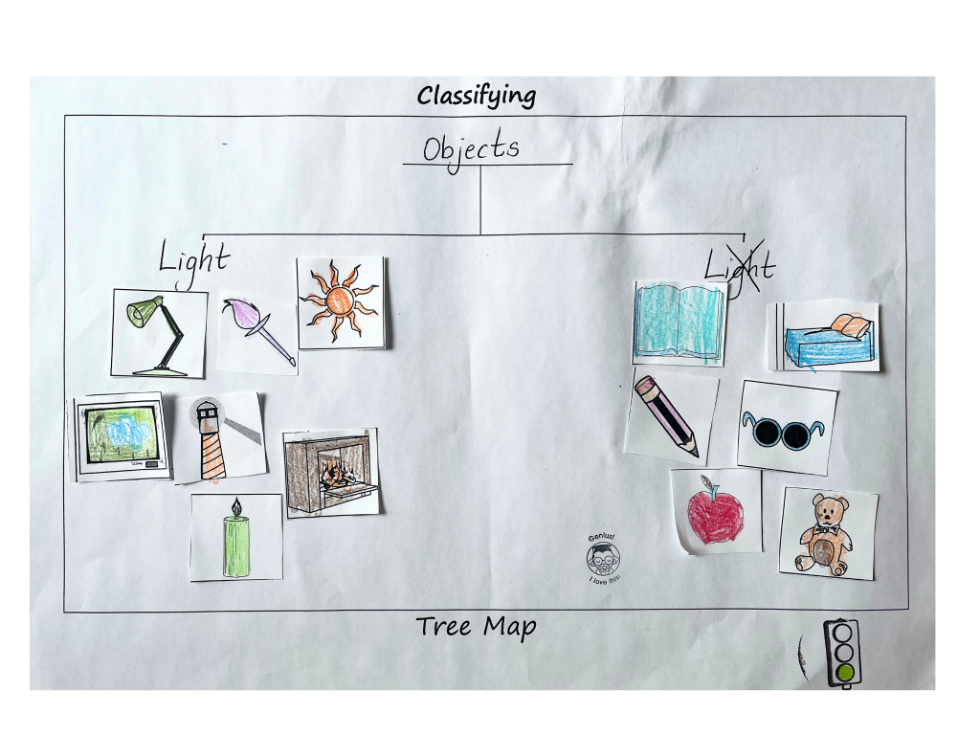
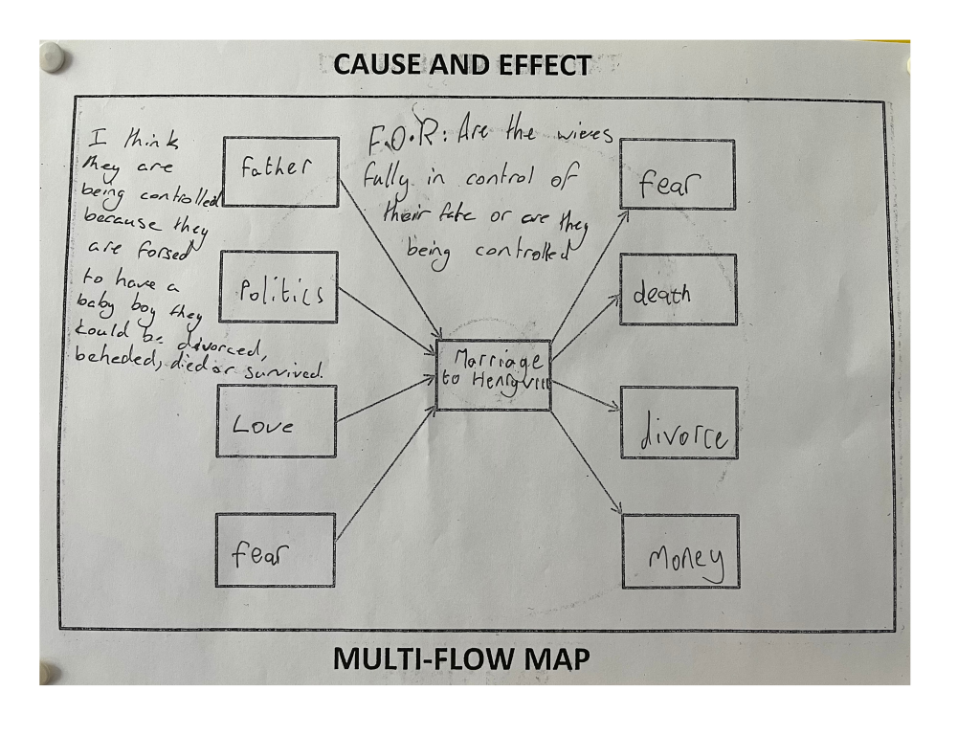
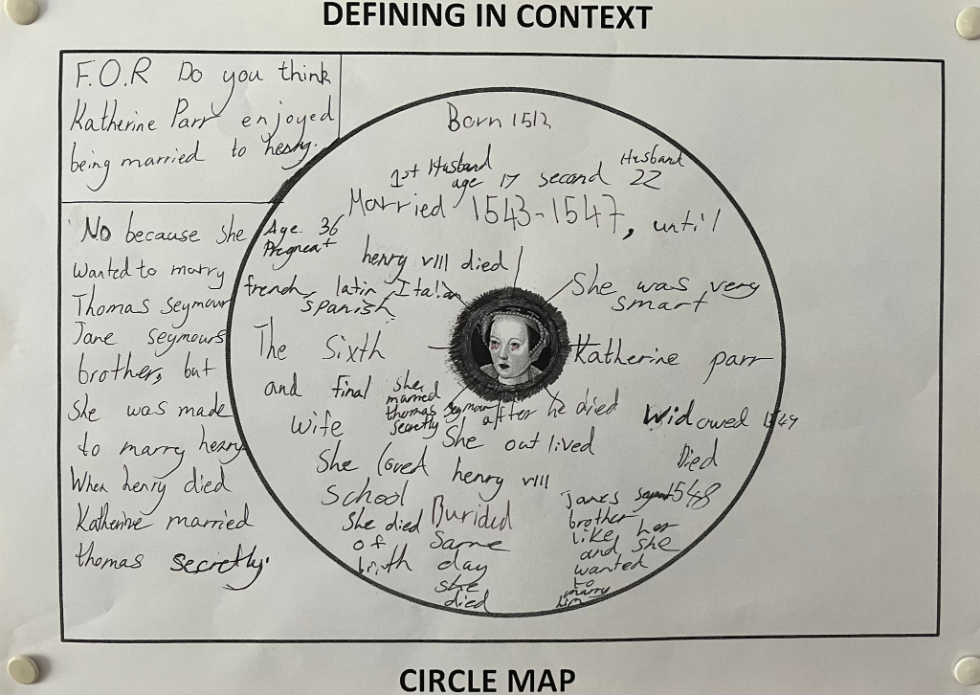
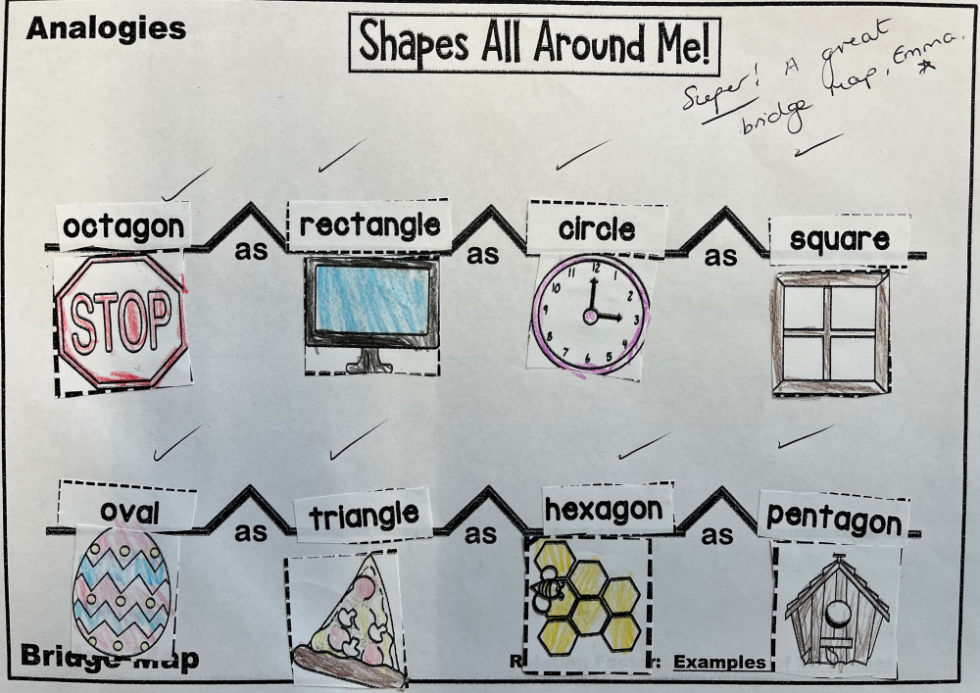
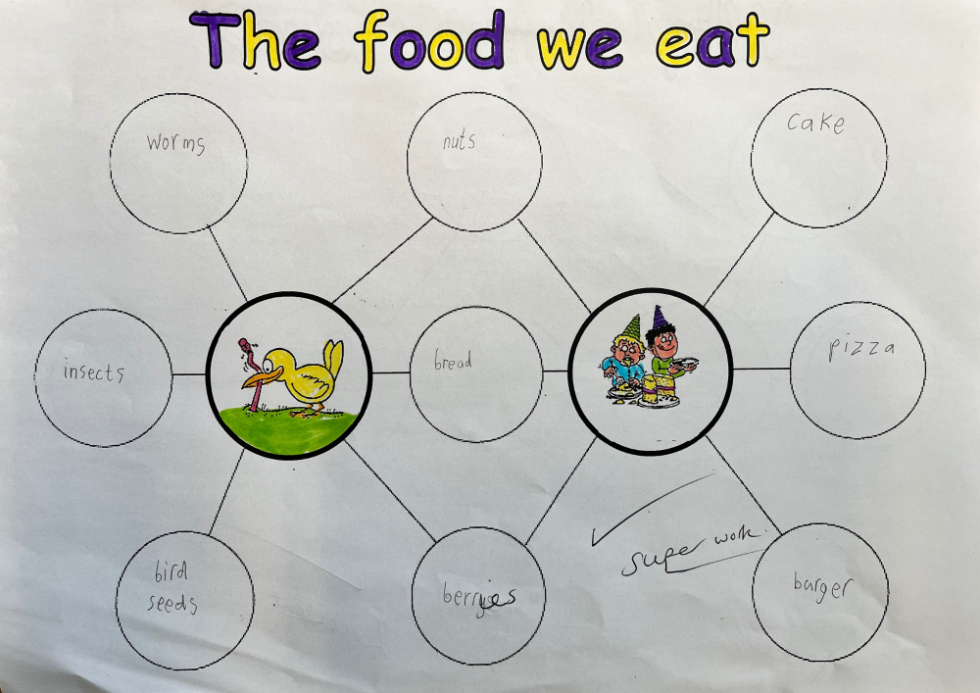
Thinking Maps, developed by Dr. David Hyerle, are visual tools that help pupils to structure and organise their thinking. The eight maps each support a different type of thinking. Each map is related to a specific cognitive process such as sequencing, comparing and contrasting or categorisation. Frequent use of Thinking Maps helps develop a language of thinking in the classroom.
Below is an explanation for each map alongside its associated thinking process.

Defining in context


Compare and contrast

Whole to parts
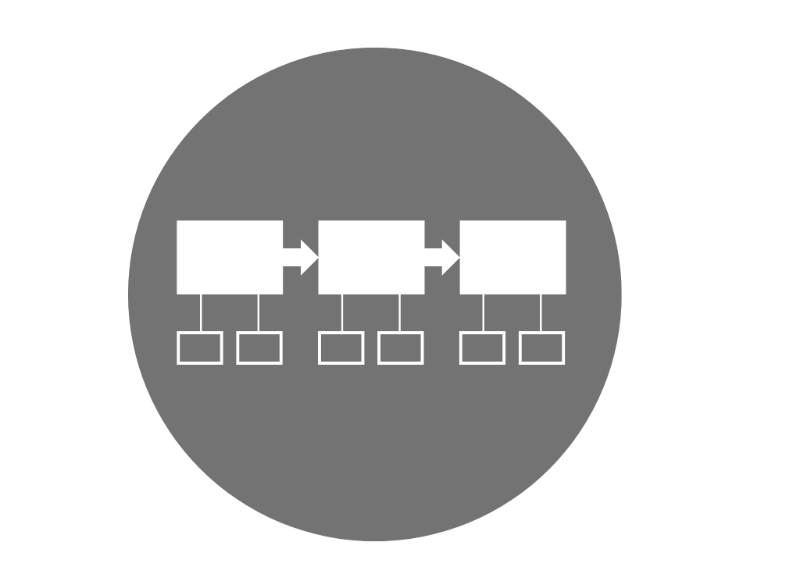
Sequencing

Cause and effect
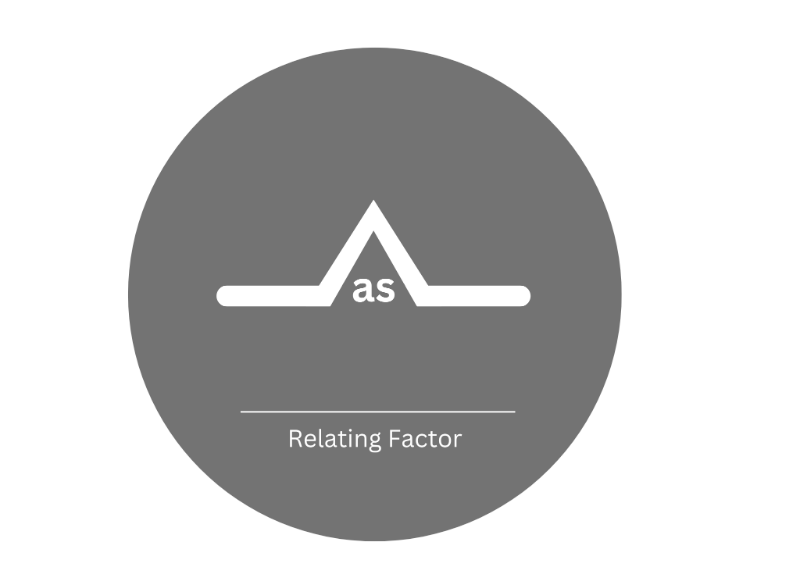
Analogies
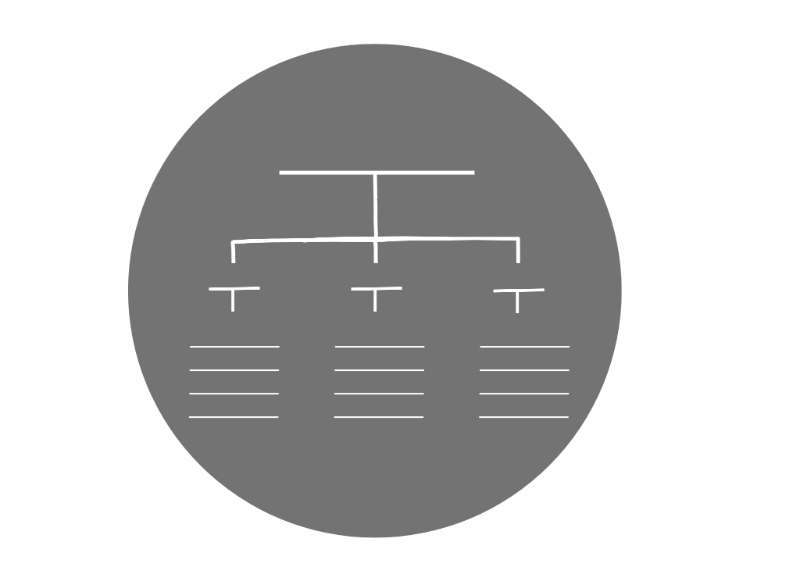
Sorting and classifying
Take Ten

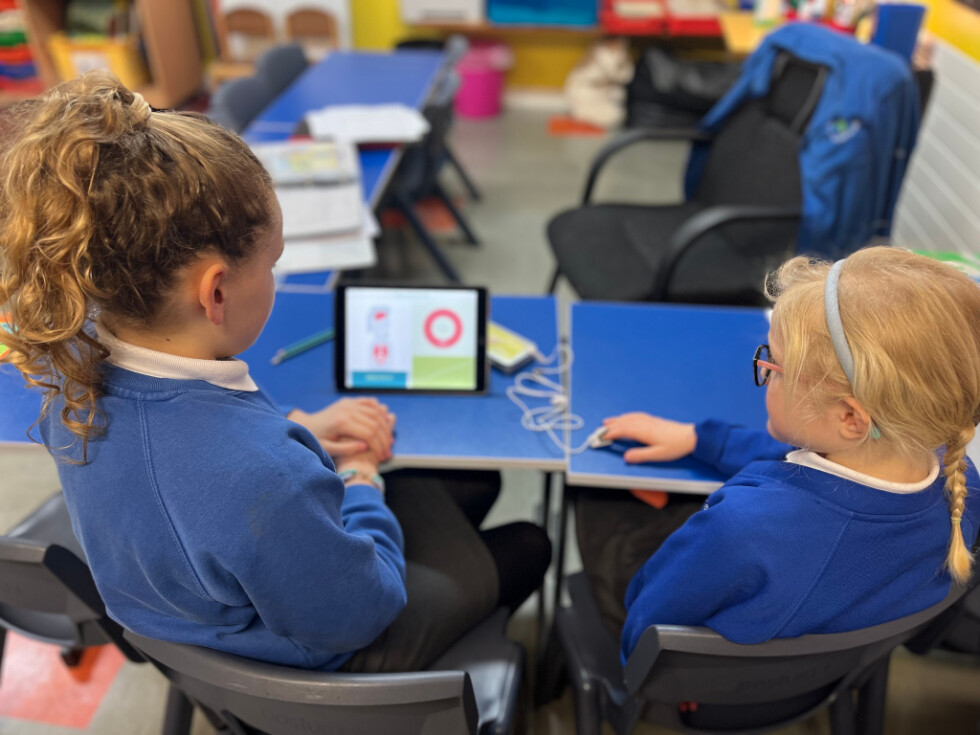
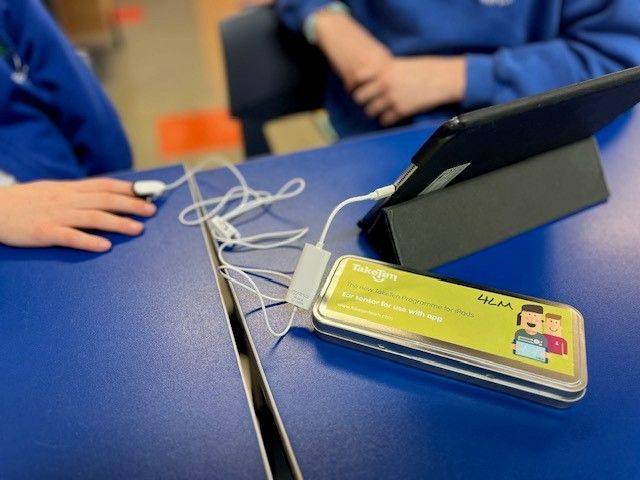
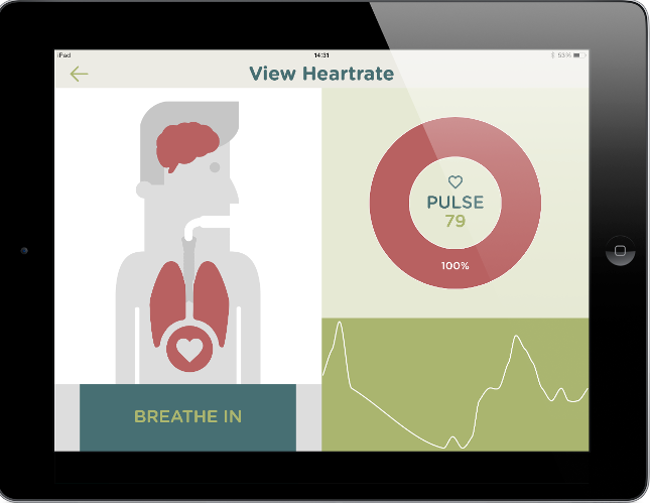
We are a Take Ten school.
It’s important for children to have access to support and tools to manage anxiety and stress so that they can develop the competencies and strategies necessary to navigate the challenges they will encounter in life.
Each stress controlling activity within TakeTen programme for schools has been carefully designed to do just this, helping thousands of children and young people to learn how to take control of their emotions both at home and in school.
Follow this link for more information











